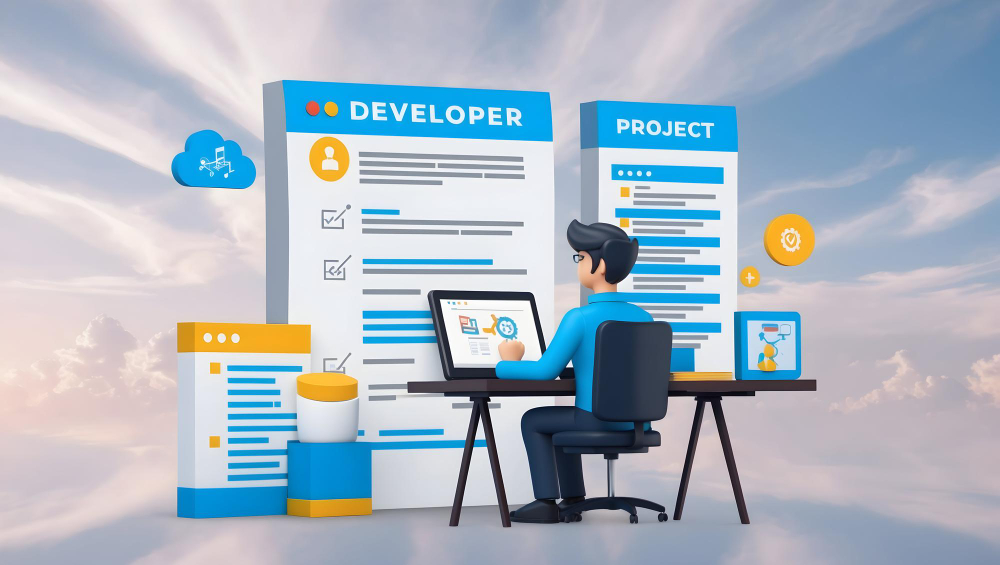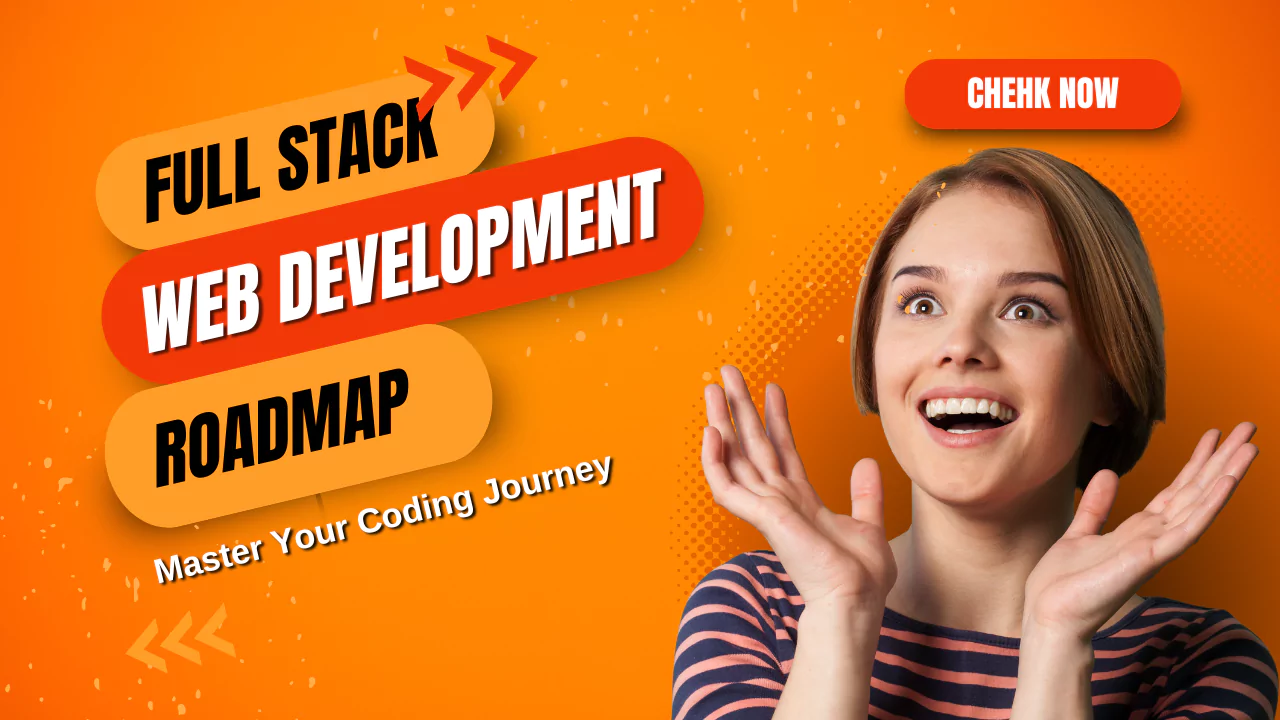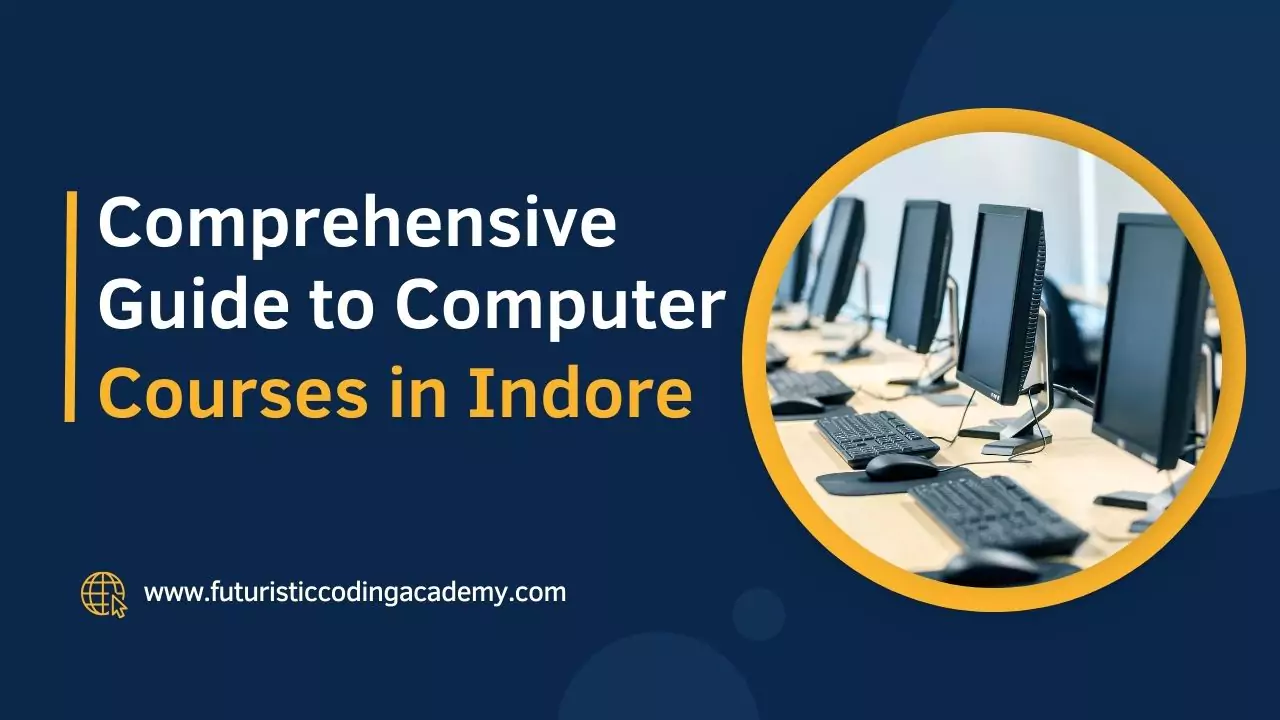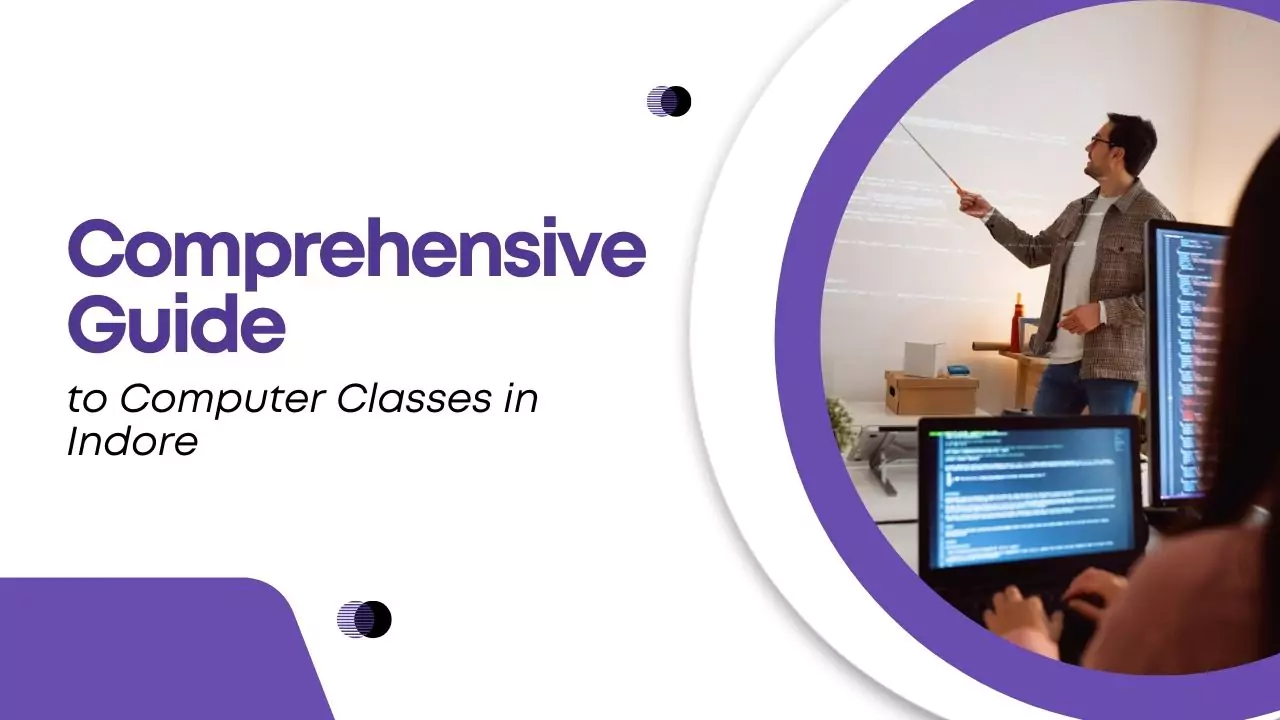In today’s fast-paced tech world, Full Stack Development has become one of the most sought-after skills. From building visually appealing interfaces to creating robust server-side functionalities, full stack developers are the all-rounders of the web development field. But how do you get started? This comprehensive Full Stack Web Development Roadmap will guide you through the technologies, tools, and strategies to become a well-rounded developer in 2024.
Why You Need a Full Stack Development Roadmap
The journey to mastering full-stack development can be overwhelming. Without a structured approach, developers often find themselves jumping between languages and frameworks without fully understanding their application. A roadmap helps streamline your learning process, ensuring you cover all essential areas—front-end, back-end, databases, and more.
Key Front-End Technologies
1. HTML, CSS, and JavaScript
At the core of any web application lies these three technologies. HTML structures your content, CSS designs the visual elements, and JavaScript adds interactivity.
- HTML: Learn to create page layouts, organize elements (headings, paragraphs, images), and use semantic tags.
- CSS: Focus on responsive design, animations, and layout frameworks like Flexbox and CSS Grid.
- JavaScript: Master DOM manipulation, AJAX, and asynchronous programming. Libraries like jQuery can simplify tasks, but understanding vanilla JavaScript is critical.
2. Front-End Frameworks
To build scalable web apps, learning frameworks is essential. Here are three popular choices:
- React: A lightweight library by Facebook, known for its efficiency and performance using the Virtual DOM.
- Vue.js: A simple and flexible framework ideal for beginners.
- Angular: A powerful but more complex framework developed by Google, suited for enterprise-level applications.

Back-End Technologies
While front-end handles user interactions, the back-end focuses on server-side logic, database management, and server communication.
1. Node.js
A must-learn for full stack developers, Node.js allows you to run JavaScript on the server side. Paired with Express.js, it’s an efficient choice for building APIs and handling server requests.
2. Other Server-Side Languages
- Python (Django): A versatile language with simple syntax, great for building complex web applications.
- PHP (Laravel): Often used for web development, PHP remains popular for its ease of use in building dynamic web pages.
3. Databases
Data storage is crucial for any full stack developer. Learn both SQL and NoSQL databases:
- MongoDB: A NoSQL database that stores data in JSON-like format, ideal for handling large amounts of unstructured data.
- MySQL: A widely-used relational database that organizes data into tables.
Version Control and Collaboration Tools
Mastering Git and platforms like GitHub is essential for tracking changes in your code, collaborating with other developers, and maintaining version history.
- Commit changes frequently.
- Write clear, descriptive commit messages.
- Use branching to work on features without affecting the main codebase.

DevOps and Deployment Tools
Learning DevOps concepts is important for modern full stack developers. Focus on:
- Docker: Containerization tool that helps in packaging applications along with their dependencies.
- CI/CD: Continuous Integration and Continuous Deployment pipelines help in automating testing and deployment processes.
- Cloud Platforms: Familiarize yourself with platforms like AWS, Azure, or Heroku to deploy and manage web applications.
Building Real-World Projects
Hands-on experience is essential in your journey to becoming a full-stack developer. Here are some beginner-friendly project ideas:
- Portfolio Website: Showcase your work to potential employers.
- E-Commerce Website: Incorporate both front-end and back-end by building a product catalog, shopping cart, and payment gateway.
- Blog Platform: Practice CRUD operations (Create, Read, Update, Delete) using a database for user-generated content.
Continuous Learning and Industry Trends
Web development is constantly evolving. Here are some key practices to keep up-to-date:
- Follow industry blogs like MDN Web Docs and Dev.to.
- Contribute to open-source projects to gain experience.
- Join coding communities like Stack Overflow or GitHub for support and collaboration.

FAQs on Full Stack Web Development
1. How Long Does It Take to Become a Full Stack Developer?
With consistent learning, it can take between 6 months to 2 years depending on your dedication and prior experience.
2. Which Technology Stack Should I Start With?
For beginners, the MERN stack (MongoDB, Express.js, React, Node.js) is a great option because of its simplicity and community support.
3. What skills are required for full stack web development?
Full stack developers need to master both front-end and back-end technologies. On the front-end, they should know HTML, CSS, and JavaScript along with frameworks like React or Angular. For back-end, they need proficiency in server-side languages such as Node.js, Python, or PHP, and databases like MongoDB or MySQL.
4. How long does it take to become a full stack developer?
The time to become a full stack developer depends on your learning pace and prior experience. For most people, it takes between 6 months to 2 years of consistent practice to become proficient in both front-end and back-end development.
5. What is the best roadmap for learning full stack web development?
The best roadmap for learning full stack web development includes mastering front-end basics (HTML, CSS, JavaScript), learning back-end languages (Node.js, Python), and becoming familiar with databases (MongoDB, MySQL). Hands-on projects and real-world experience are crucial to success.
Conclusion
Becoming a full stack developer requires a strong foundation in both front-end and back-end technologies, a deep understanding of databases, and experience working on real-world projects. Following this roadmap will equip you with the skills needed to thrive in 2024 and beyond. Remember, consistent learning and practice are the keys to mastering full-stack development.






